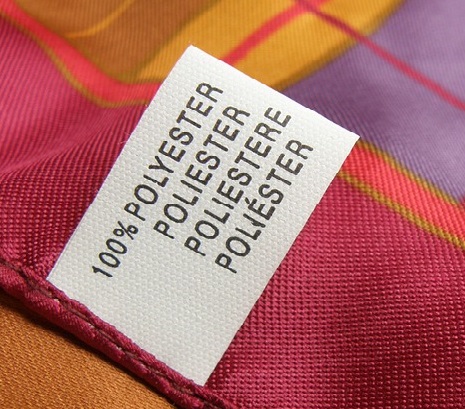
前一篇文章
Do you often hear the word polyester processed yarn? What is the difference from normal polyester?
2016年12月22日
KNIT MAGAZINE



Hello, this is Okubo. We would like to introduce “the relationship between thread count and gauge”, which is often asked by in-house staff.
This relationship varies depending on the material and shape (how to make) of the thread.
By knowing many materials and knitting many ways, you will accumulate experience points, so I would like you to take it as a guide.
table of contents
First, about the thread count.
The thread count is determined from the weight and length.
1g: 1m = 1st
In the case of 1/10, 1kg (1000g): 10000m = 10th
Therefore, 1 kg means that the thread length is 10,000 m.
In the case of 1/30, kg (1000g): 30000m = 30th
Therefore, 1 kg means that the thread length is 30,000 m.
This means that the larger the number of thread counts, the longer the thread = the thinner the thread.
I would like to touch on the difference between cotton and hair.
Even with the same thread, it is confusing because it is written with cotton number or hair number, but it is also the basis of the count to know this difference.
Normally,
The denominator is large and the numerator is small (eg, 2/48 (Yonpachisoshi)).
A cotton number with a small denominator and a large numerator (eg 40/2 (Yonmarusoshi))
You can tell it like that.
The reason for this difference is that the spinning method is different.
A typical example of what is displayed by hair number is a yarn made by worsted spinning.
Worst refers to wool that has been ground by worsted spinning, but worsted spinning cannot be done unless the fiber length is long. (Approximately 76 mm)
On the other hand, cotton spinning is only about 4 cm long, even if it has a long fiber length. (38 mm)
Therefore, it cannot be ground with a worsted spinning machine, so it must be ground with cotton spinning.
Threads made by cotton spinning are indicated by the cotton count.
However!
Items ground by cotton spinning may also be indicated by the hair number.
For example, taking the early summer standard material “khufu khufu” of Maruyasu yarn as an example, “khufu khufu” is described as 2/68 of the hair number and 40/2 of the cotton number. (Since cotton number 40/2 = 40 x 1.7 = 68, the hair count is displayed as 2/68)
The reason for using the hair number is that the hair number is easier to apply to the proper gauge than the cotton number, and it is easier to compare with the hair number, so it is intentionally changed to the hair number.
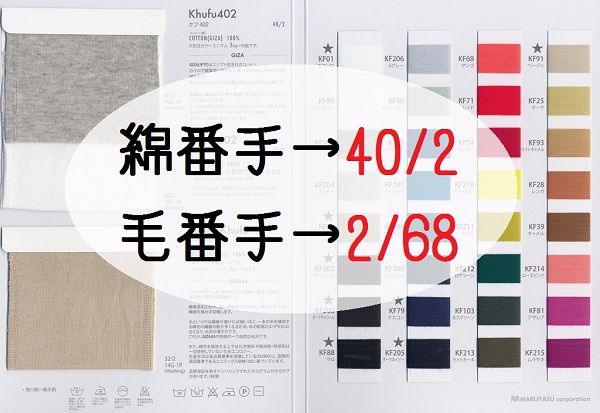
In addition to the same cotton material, “Aganes Aganes” is also described as 3/85, but since it is a yarn made by cotton spinning, it is actually 50/3 of the cotton count.
The notation 50/3 is not very familiar, so it is written as 3/85 for easy understanding. Then, the reason why it is not written as 1/28 of the total count is that the characteristic of the thread of “Aganes Aganes” is that the eyes are beautiful. The beauty of this surface is born from the 3/85 triplet twisting method (from Mikko).
If you increase the number of threads, the thread will be rounded and the eyes will be clean. In this way, there is also a count notation that makes it easy to understand the characteristics of the thread and informs you.
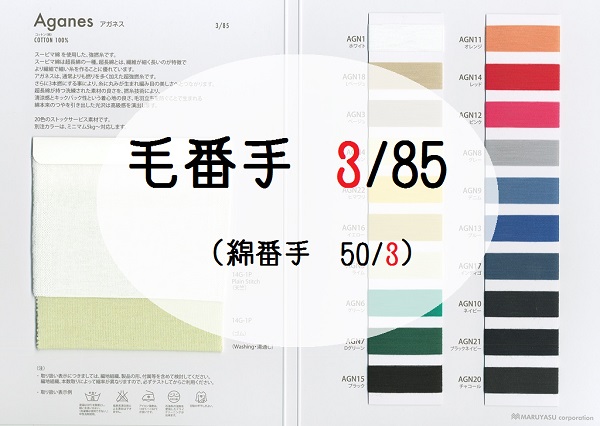
In addition, “Spoerry Ice Cotton” is written as 35 / 1S.35 / 1Z.
Since this yarn is sold as a single yarn, S or Z is listed after 30/1. Due to the feature of the material that this yarn can be handled as a single yarn, the cotton count notation is left without converting it to the hair count. (If you want a hair count, 35 x 1.7 = 60, so hair count 60/1)
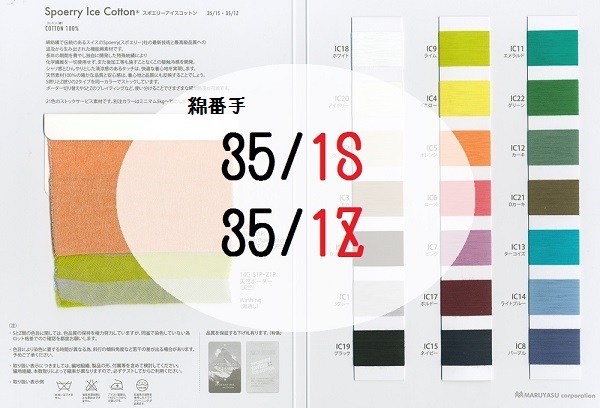
In addition, there is a hemp count, but hemp is made by spinning with a special spinning method called “Junbo”.
“Herdmans 40 Hardman” has hemp number 40/2 = 40 x 0.6 = 24, so it is displayed as hair number 2/24)
In this way, in order to describe the characteristics of the thread in an easy-to-understand manner, there are various notations for the count.
You can get a guideline for the proper gauge by calculating the following count conversion and changing all to the hair count.
Count conversion method
Cotton count → Hair count ・ ・ ・ × 1.7 (Example: Cotton count 40/2 × 1.7 = 68 Hair count 2/68)
Hemp count → Hair count ・ ・ ・ × 0.6 (Example: Hemp count 40/2 × 0.6 = 24 Hair count 2/24)
Now that we know the conversion of the count, the next step is about the appropriate gauge (G). Generally, it is said that “hair number = gauge” as a guide.
for example,
1/12 = 12G
1/7 = 7G
1/5 = 5G
1/3 = 3G
That is why.
However, this is just a guide, and in many cases it is “hair number = gauge” up to 12G, but it does not go so well after 14G.
When it comes to 2/60, 2/48, 2/30, 1/43, 1/27, etc., it completely changes depending on the material and shape.
It also depends on the type of knitted fabric such as tenjikuya and ribs. It also depends on the type of knitting opportunity.
And in the end, to be honest, it’s a favorite.
Taking general worsted hair as an example,
When taking 2/60 (1/30) with one
18G or 16G is generally appropriate for Tenjiku.
14G or 12G is appropriate for double picking (1/30 x 2 → 1/15).
2/48 (1/24) If you take one
16G or 14G is generally appropriate in Tianzhu.
12G is appropriate for double picking (1/24 x 2 → 1/12).
It will change a lot when this becomes a fancy yarn.
Taking the 1/13 mohair tom tom yarn as an example, it seems that the image of the count will be in 12G, but if you actually knit it with 12G, it will become stiff and the hair will not be fluffy. increase.
So I knit it with 7G. In the case of Tamtam Yarn, it is recommended to drop the gauge considerably and knit.
Aligned knitted fabric that can be seen in recent trends.
What is the calculation for the same material? In the case of “Puff Puff 1/14”
Since 1/14 + 1/14 + 1/14 = 3/14 = 1 / 4.6, 5G is good with 3 pieces, but what about different materials with different counts? ..
Introducing the calculation method of the count when knitting different materials together.
When knitting a combination of different materials, change the count to denier once.

for example,
When knitting “Puff Puff 1/14” and “JazzCross Jazz Cross 1 / 3.1” in a straight line
1/14 = 9000 ÷ 14 = 643 denier
1 / 3.1 = 9000 ÷ 3.1 = 2903 denier
643 + 2903 = 3546 denier
9000 ÷ 3546 = 2.53
Therefore, the total count is about 1 / 2.5 for the hair count, and the appropriate gauge is 3 gauge.
The count is deep. Combining different threads also broadens the range of design ideas.
You won’t know until you actually knit it, but you can get a rough idea by calculation. We hope that you will use it as a reference when combining various threads.

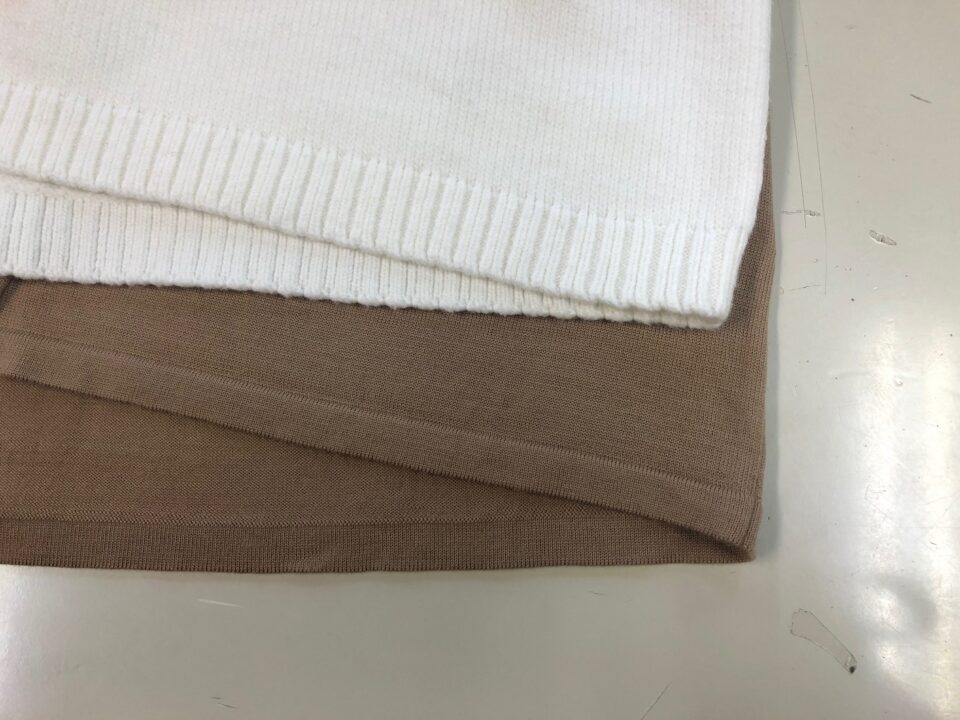
2023年11月29日
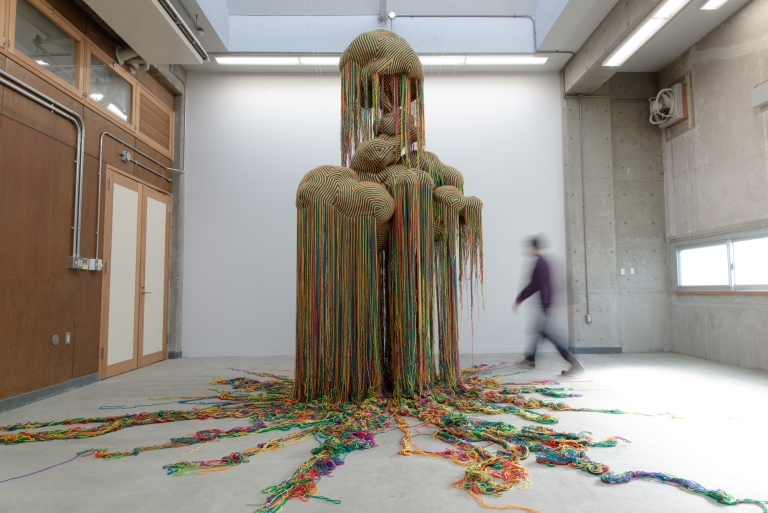
2023年11月9日
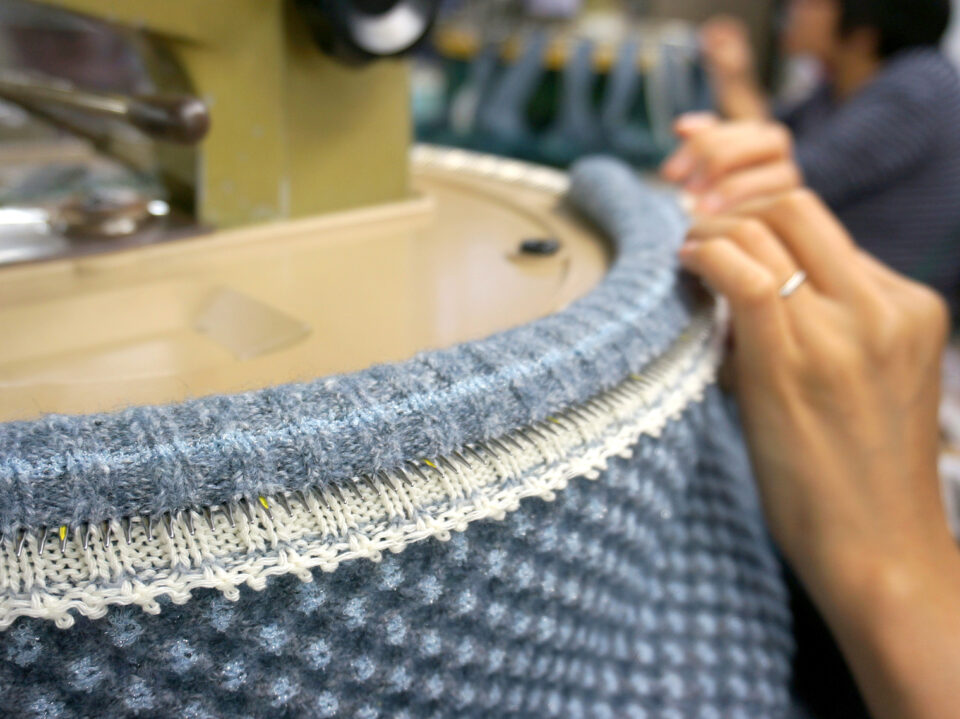
2023年11月7日
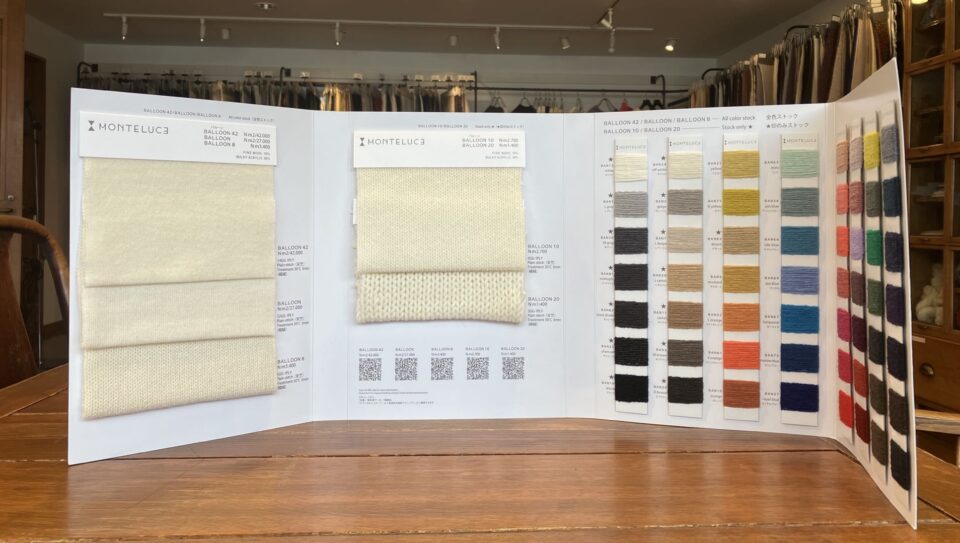
2023年11月1日

2023年10月26日
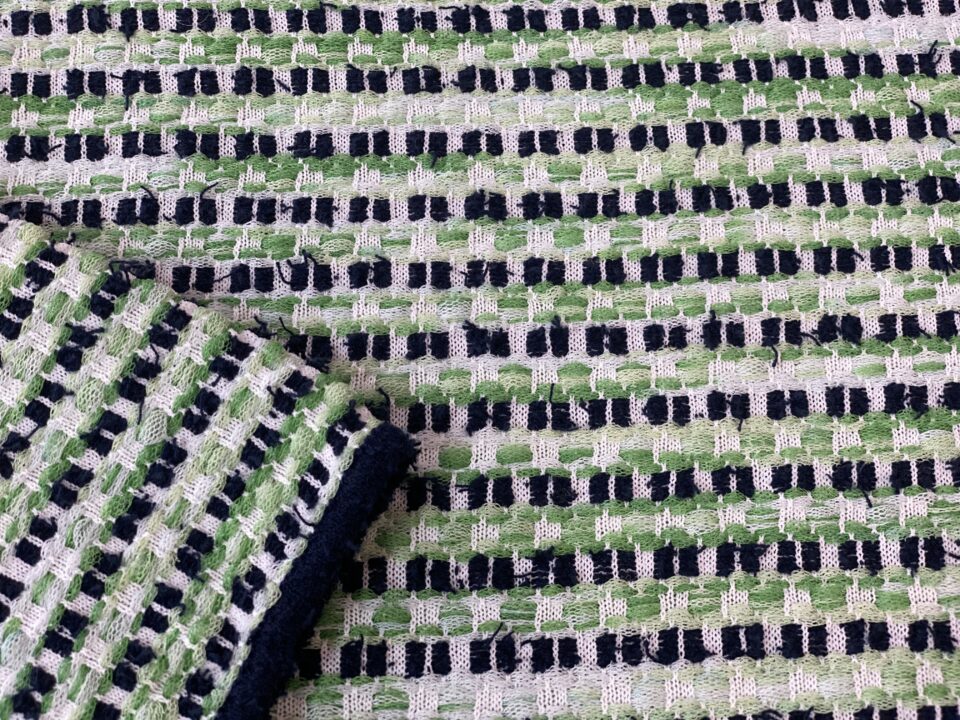
2023年10月24日